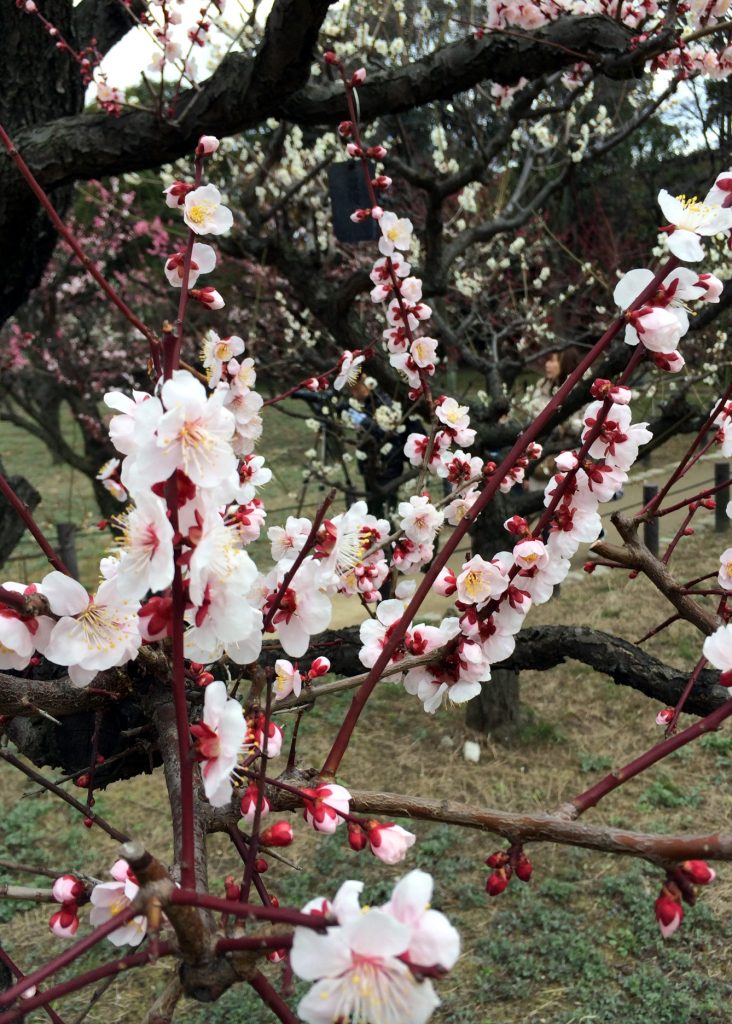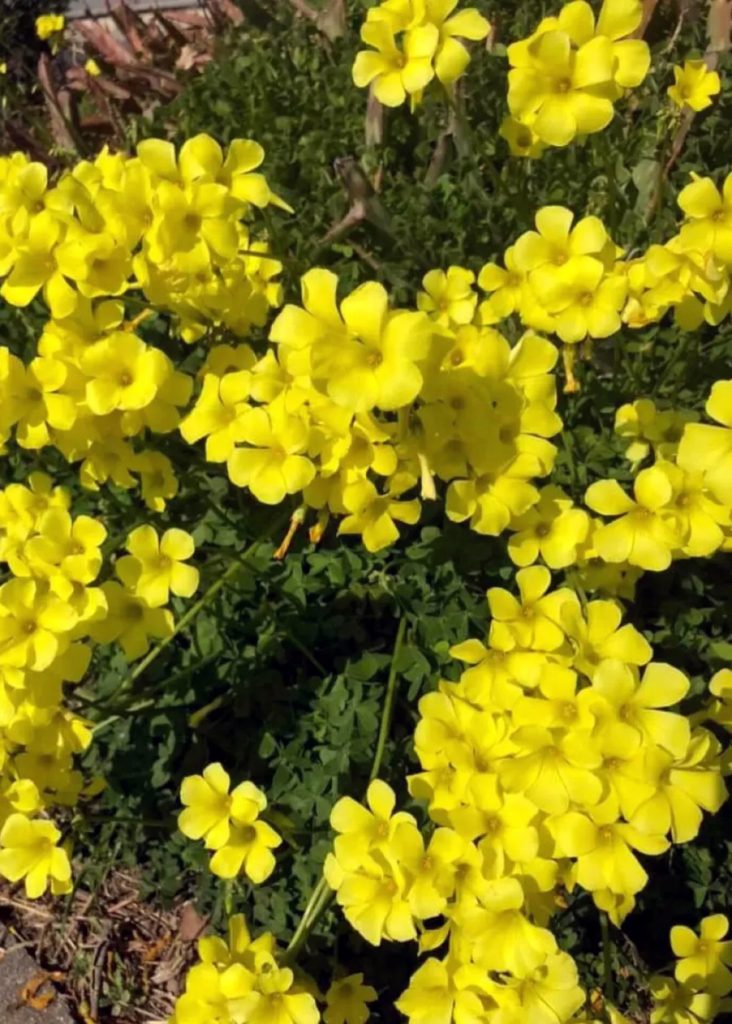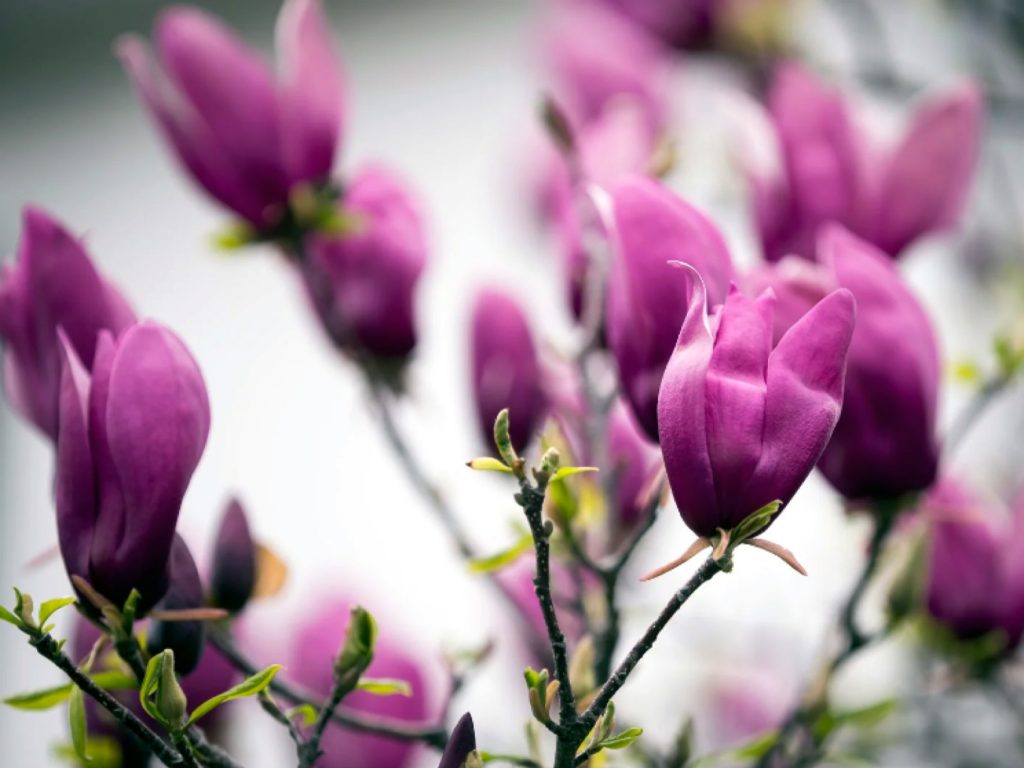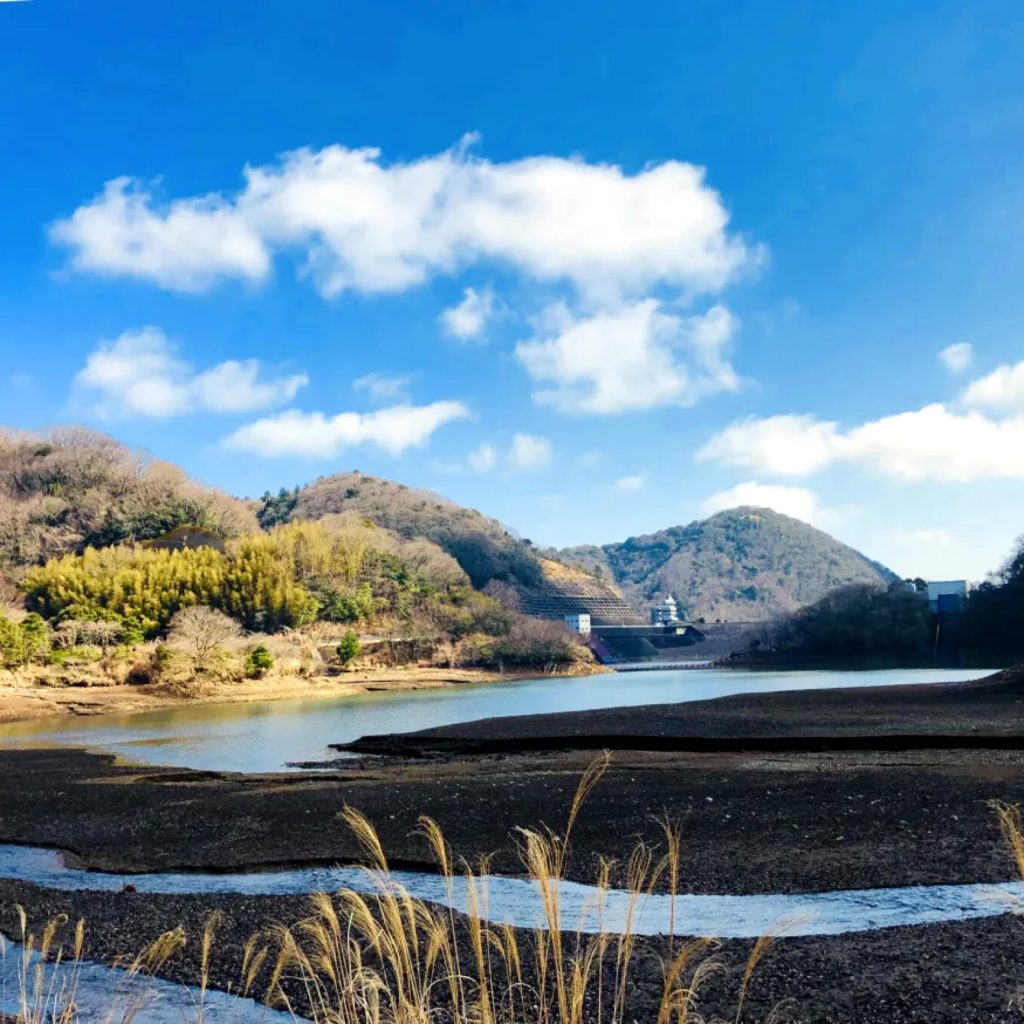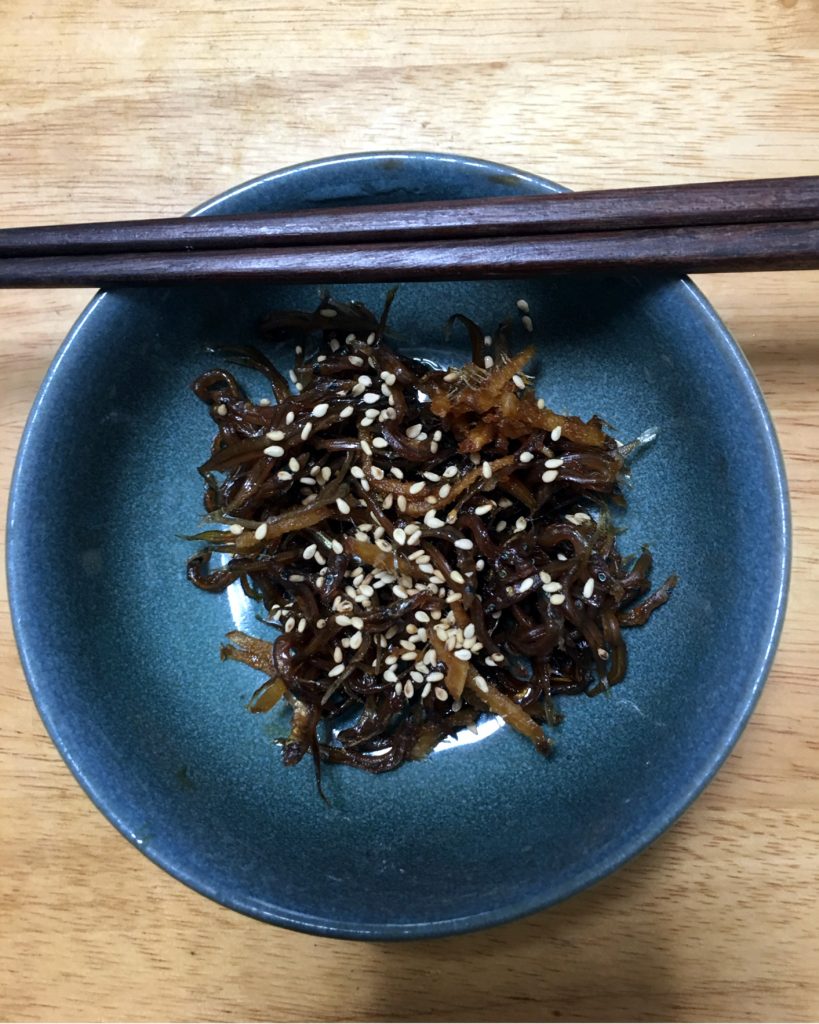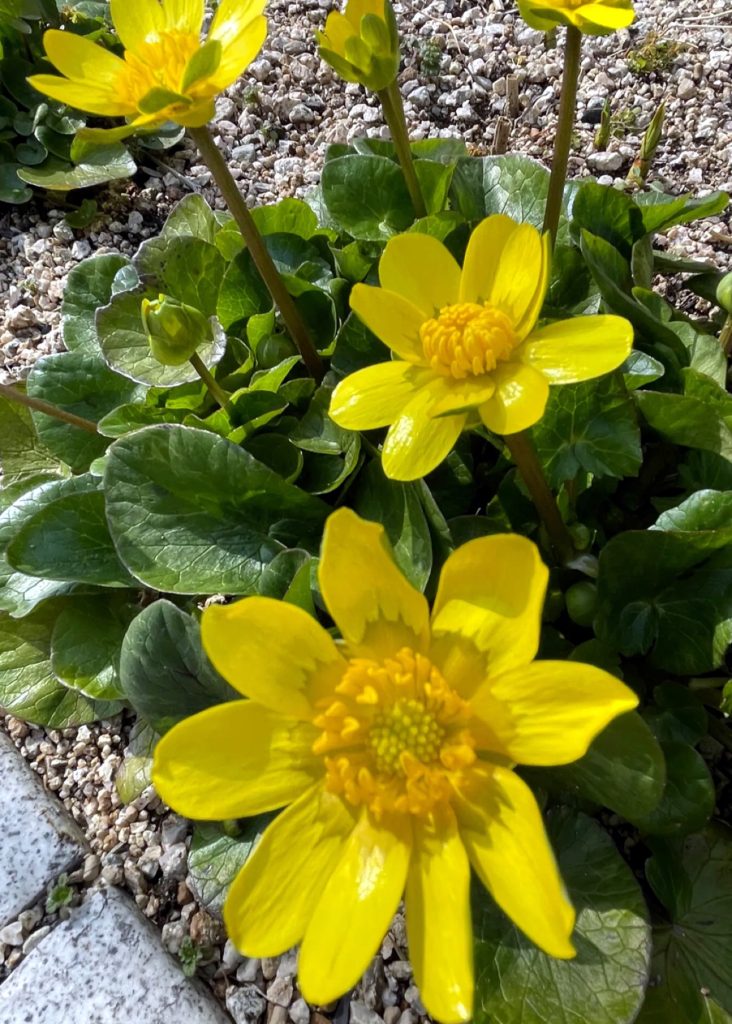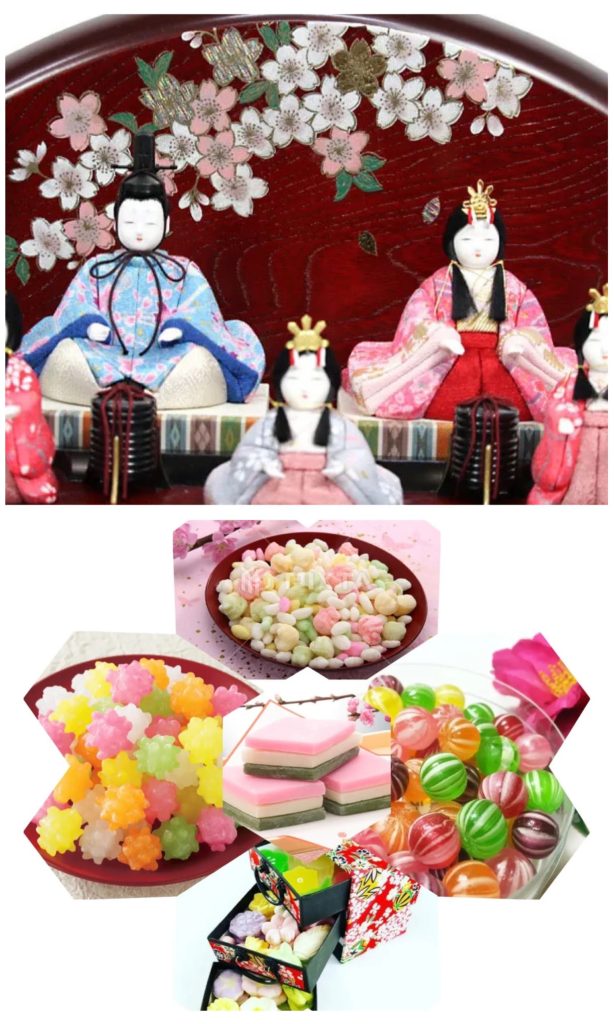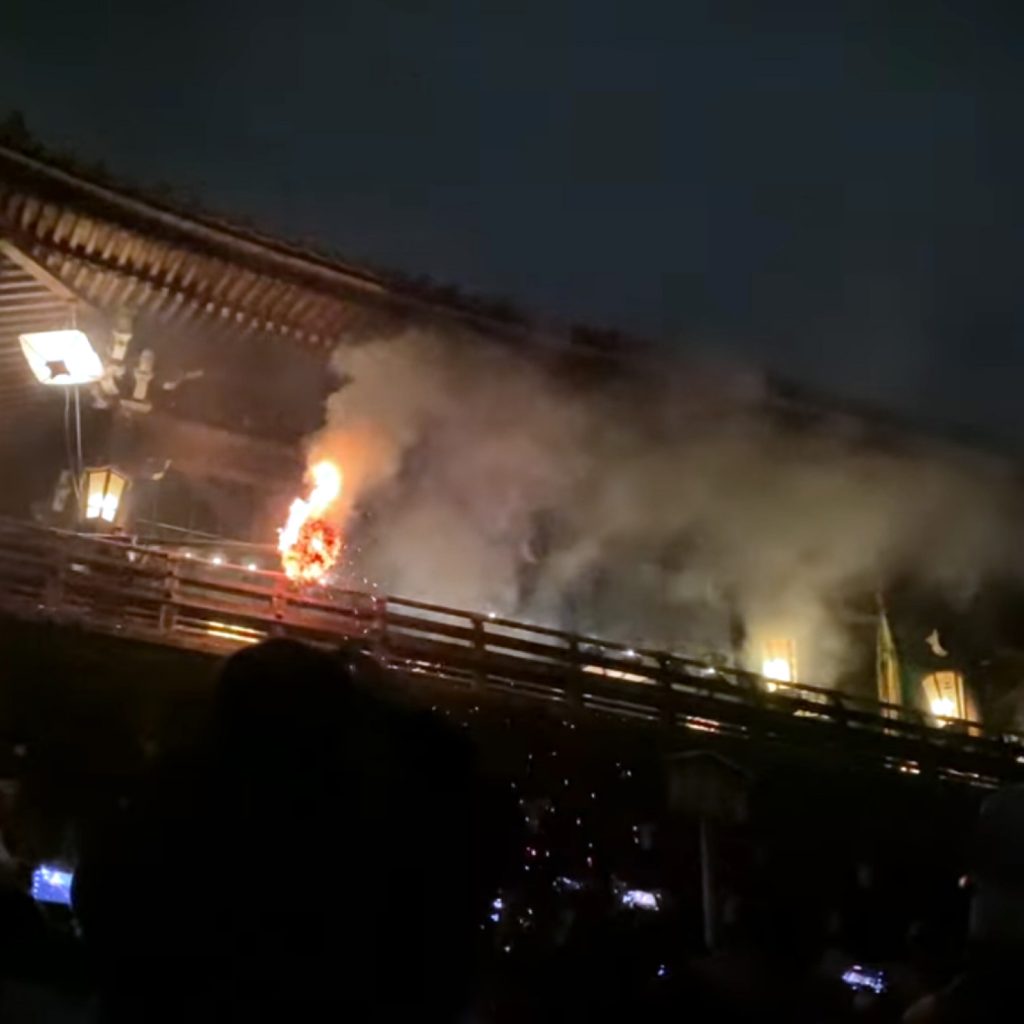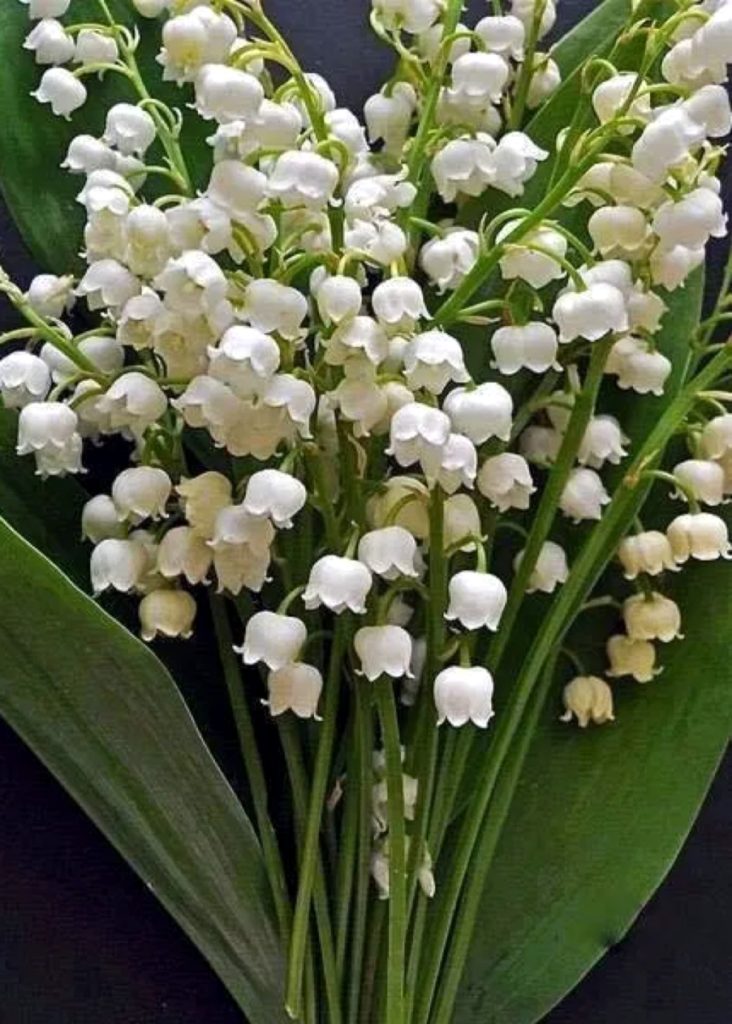
At 2:46, I observed a moment of silence in alignment with the television screen. The term ‘East Japan Great Earthquake’ encompasses both the natural disaster known as the ‘Tohoku Region Pacific Offshore Earthquake’ and the man-made disaster of the ‘Fukushima Daiichi Nuclear Power Plant Accident.’ However, it is crucial to make a clear distinction between the two. A natural disaster is an event caused by nature, such as earthquakes, typhoons, lightning, floods, and other natural phenomena, resulting in disasters that are difficult to avoid artificially. On the other hand, a man-made disaster is caused by human negligence or carelessness. In some cases, incidents like water-related disasters classified as natural disasters may be considered man-made if sufficient precautions were not taken.
In the case of the East Japan Great Earthquake, I previously discussed it in detail ( https://bit.ly/3J79ioq), emphasizing that the ‘Fukushima Daiichi Nuclear Power Plant Accident’ is a quintessential man-made disaster. It compelled a shift in Japan’s energy policy and had a profound impact on the economy, Japan’s reputation, and more. The aftermath of the incident continues to pose a significant challenge, especially concerning the decommissioning issue, which carries the burden of whether it can be resolved within the next 40 years. I believe there is still much room for improvement in this evaluation.
2時46分テレビ画面に合わせて黙祷しました。東日本大震災とは、天災としての「東北地方太平洋沖地震」と、人災としての「福島第一原発事故」を合わせて言うのでしょうが、これは明確に区別しなければなりません。天災とは、自然によってもたらされる災害で、地震・台風・落雷・洪水など自然現象によって起こり、人為的に避けにくい災害です。一方、人災とは、人間の不注意や怠慢が原因で起こる災害です。また天災とされる水害などについて、十分な対策が講じられていなかったような場合も人災とされる場合があるでしょう。
東北大震災の場合、以前にも詳しく論じました(https://bit.ly/3J79ioq) が、「福島第一原発事故」は典型的な人災で、その後の日本のエネルギー政策の転換を余儀なくさせ、経済の停滞、日本の評価などに多大な影響を与えました。廃炉問題に至ってはこの先40年で解決できるかどうかと言う難題を背負っているわけです。この検証がまだまだ甘いと思います。

